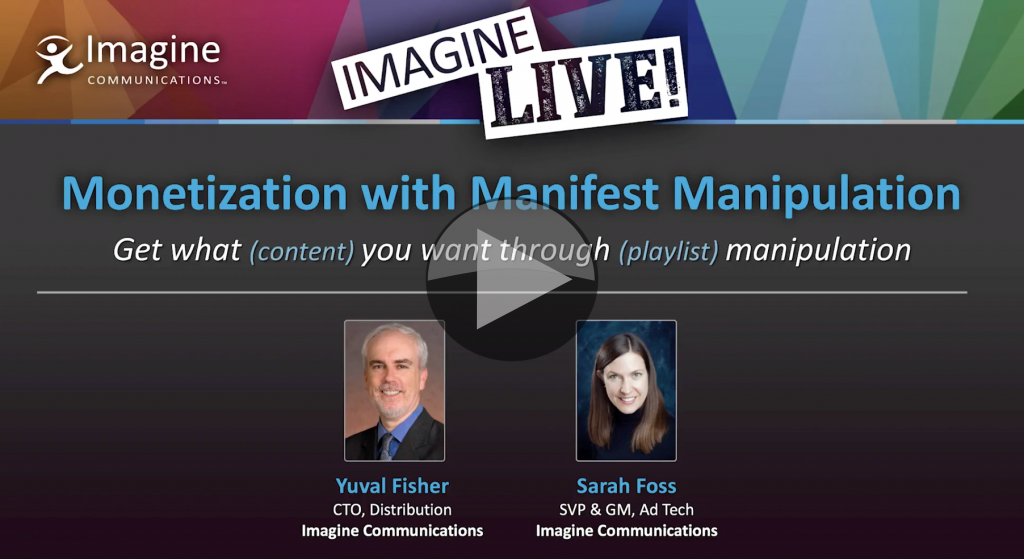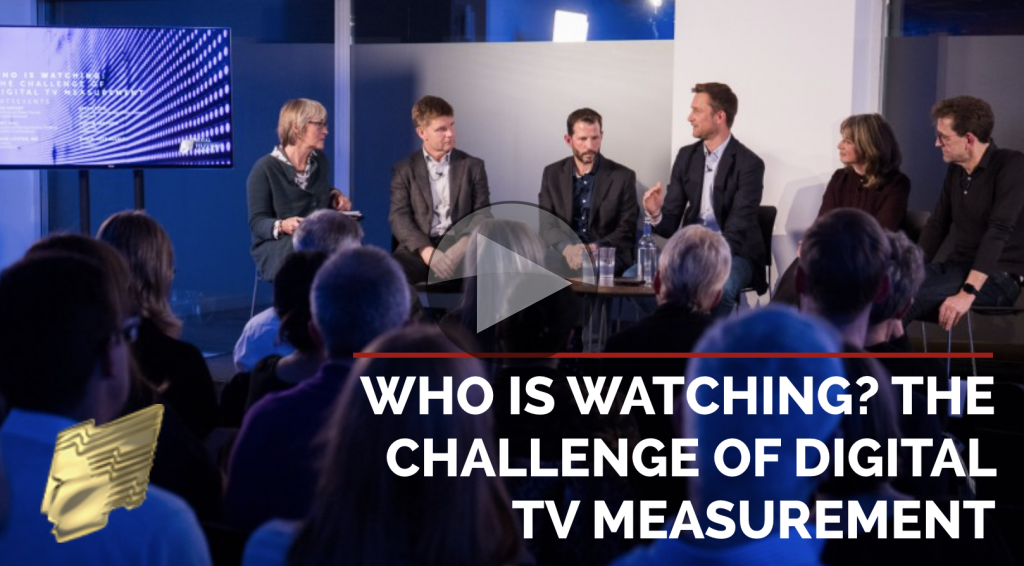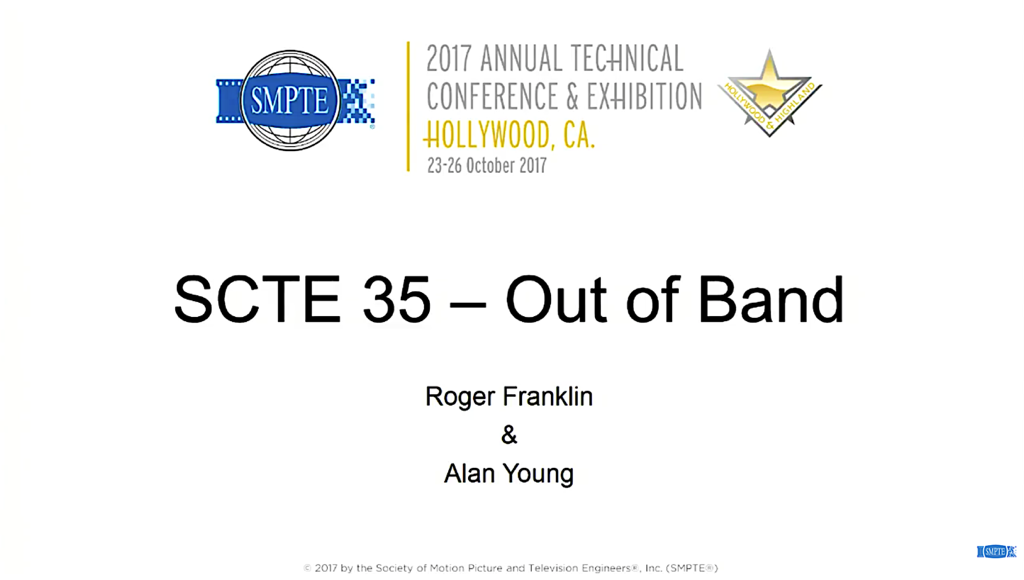Manipulating the manifest of streamed video allows localisation of adverts with the option of per-client customisation. This results in better monetisation but also a better way to deal with blackouts and other regulatory or legal restrictions.
Using the fact that most streamed video is delivered by using a playlist which is simply a text file which lists the locations of the many files which contain the video, we see that you could deliver different playlists to clients in different locations – detected via geolocating the IP address. Similarly different ads can be delivered depending on the type of client requesting – phone, tablet, computer etc.
Here, Imagine’s Yuval Fisher starts by reminding us how online streaming typically works using HLS as an example. He then leads us through the possibilities of manifest manipulation. One interesting idea is using this to remove hardware delivering cost savings using the same infrastructure to deliver to both the internet and broadcast. Yuval finshes up with a list of “Dos and Don’ts” to explain the best way to achieve the playlist manipulation.
Sarah Foss rounds off the presentation explaining how manifest manipulation sits at the centre of the rest of the ad-delivery system.
Speaker
 |
Yuval Fisher CTO, Distribution Imagine Communications. |
 |
Sarah Foss Former SVP & GM, Ad Tech, Imagine Communications. |










